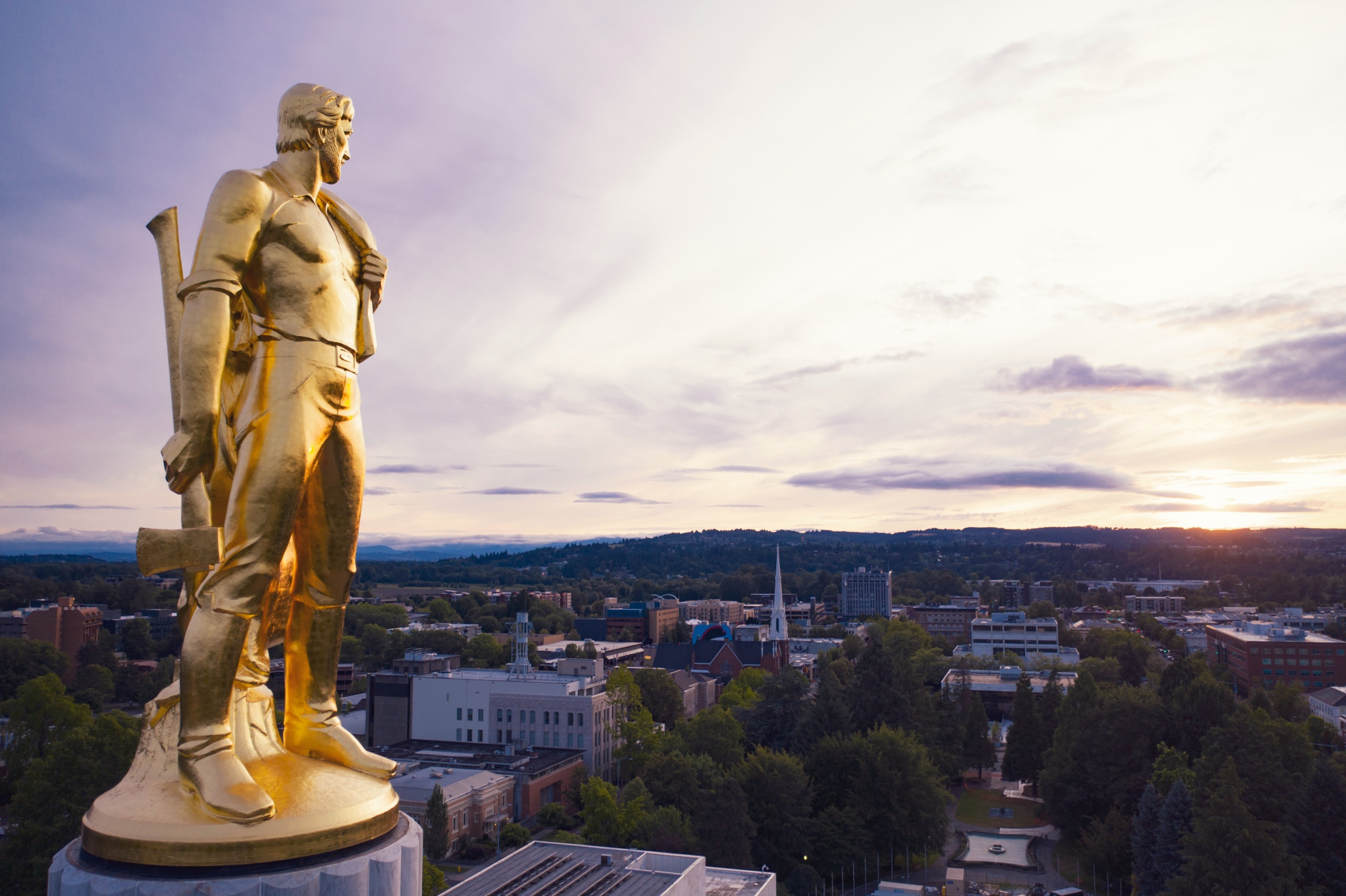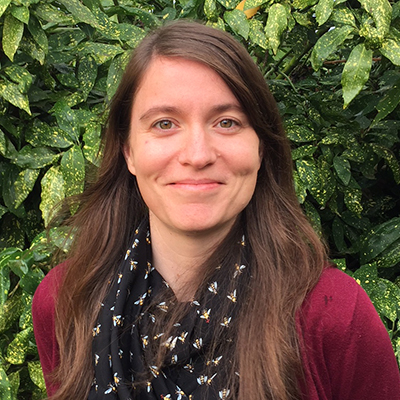
The INVEST in America Act would transform transportation and tackle climate change
The House is voting on the INVEST in America Act this week, and the ambitious, sweeping proposal contains a lot to be excited about.
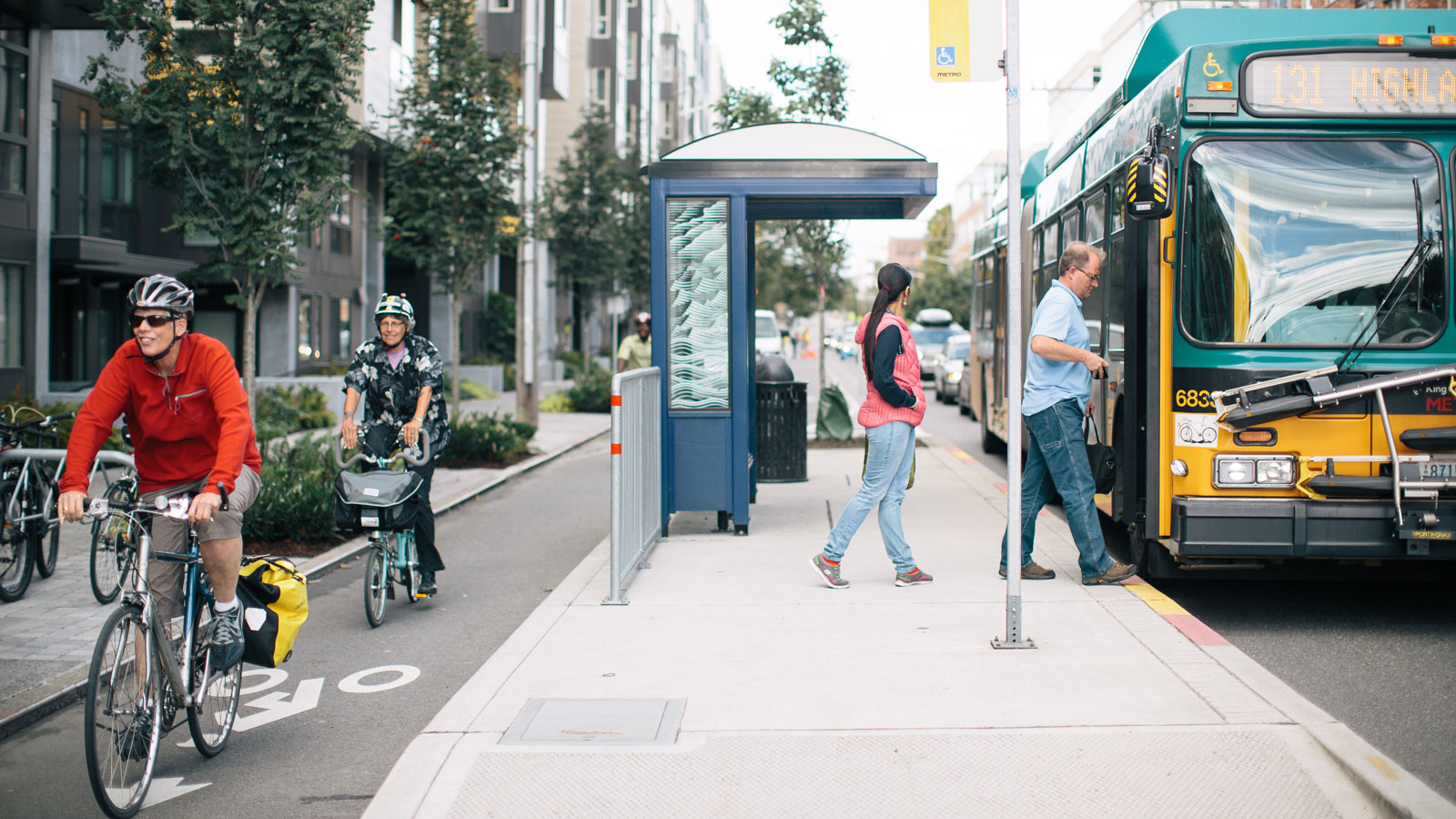
Transportation is America’s– and Oregon’s– number one source of climate pollution, with greenhouse gas emissions from cars, trucks, buses and other vehicles surpassing every other source. We simply can’t solve global warming without changing how Americans get around. By electrifying our cars, trucks and buses, and expanding usage of the cleanest forms of transportation — walking, biking and transit — we can not only reduce but virtually eliminate transportation pollution. Doing so would ensure a stable climate, cleaner air, and healthier lives for everyone.
President Biden’s American Jobs Plan presents us with a roadmap to leave our history of car-centric transportation infrastructure investments in the rearview mirror and invest in healthier and more sustainable ways to get around.
In Congress, Oregon’s own Chairman DeFazio is the leading the charge on tackling climate change by transforming transportation with the INVEST in America Act, which would expand access to walking, biking and transit and improve safety, and would ensure we make the best use of existing infrastructure by taking a “fix it first” and multimodal approach.
The House is voting on the INVEST in America Act this week, and the ambitious, sweeping proposal contains a lot to be excited about. Specifically, the bill focuses on:
Tackling climate change by electrifying cars and buses, funding public transit, and through new policies and funding:
-
Authorize $109 billion for public transit to increase routes, reduce transit maintenance backlog, and provide more frequent service, resulting in better options for riders, improved environmental outcomes, and increased access to jobs and essential destinations
-
Provide $4 billion for electric vehicle charging infrastructure, require interoperability for most EV drivers for chargers receiving federal funding, and allow EV charging infrastructure along highways and at rest stops where it is convenient for drivers
-
Provide $4.085 billion for zero-emission buses
-
Dedicate $8.3 billion for activities targeted to reduce carbon pollution, direct U.S. DOT to establish new performance measures for greenhouse gas emissions, and requires states that are not making progress on carbon emission reductions to dedicate additional federal funds to projects that will reduce emission
Expanding access to walking and biking, and improving safety:
-
Dedicate 10 percent of the Surface Transportation Program to the Transportation Alternatives Program, a critical resource for communities looking to expand walking and biking; provide $500 million additional funding for Complete Streets and vulnerable road user safety projects; and $1 billion for an Active Transportation Connectivity grant program
-
Require a “complete streets” approach that takes into account the needs of all road users, while preserving flexibility to design streets for each community’s needs
-
Focus on the safety of people walking and biking, ensure that states with high levels of deaths on their roads work to reduce fatalities, and prohibit states from setting regressive targets related to safety
-
Expand CMAQ eligibility to include micromobility projects, including bikeshare, shared scooters, and docking stations
Fix it first:
-
Emphasize fixing and maintaining existing infrastructure and consider alternative approaches, such as transit projects, before considering any new highway expansions
-
Utilize life-cycle cost analysis to evaluate the total economic cost of a transportation project, instead of building projects that cannot afford to be maintained
-
Dedicate $3 billion to reconnect communities divided by highways
We hope decision-makers in Congress seize this once-in-a-generation opportunity to pass policies like the INVEST in America Act that will transform how we get around. The transition to zero-carbon transportation will give Americans new freedom to travel in ways that are clean, affordable and fun, with safe places to walk and bike, convenient buses and trains, and electric cars we can own or hail with an app.
Destination: zero carbon. That’s where I hope we’re headed.
Want to make your voice heard on federal climate action? Our climate organizer, Jessie has some tips you can find here.
Topics
Authors
Celeste Meiffren-Swango
State Director, Environment Oregon
As director of Environment Oregon, Celeste develops and runs campaigns to win real results for Oregon's environment. She has worked on issues ranging from preventing plastic pollution, stopping global warming, defending clean water, and protecting our beautiful places. Celeste's organizing has helped to reduce kids' exposure to lead in drinking water at childcare facilities in Oregon, encourage transportation electrification, ban single-use plastic grocery bags, defend our bedrock environmental laws and more. She is also the author of the children's book, Myrtle the Turtle, empowering kids to prevent plastic pollution. Celeste lives in Portland, Ore., with her husband and two daughters, where they frequently enjoy the bounty of Oregon's natural beauty.
Find Out More
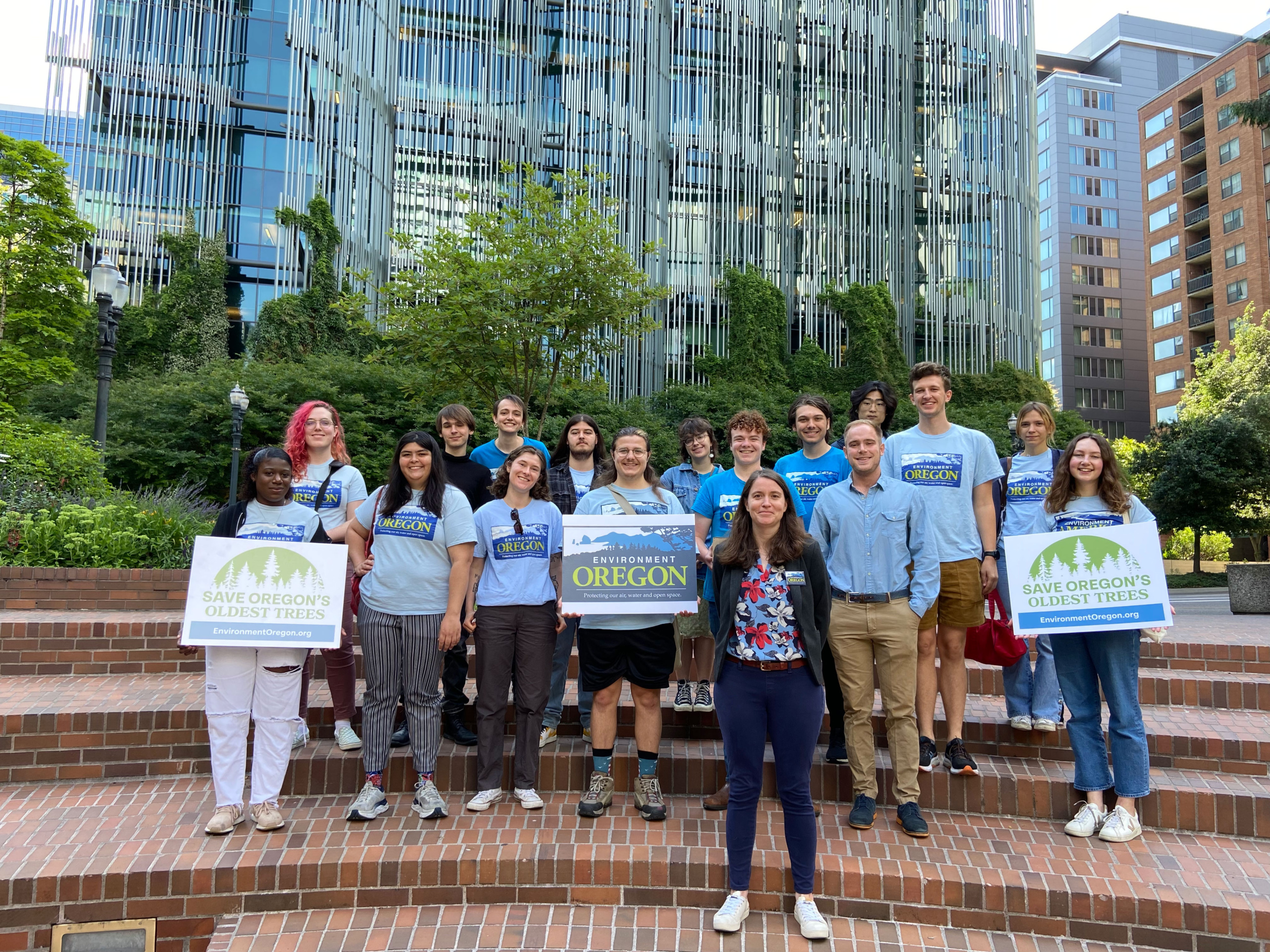
Environment Oregon: 2023 year in review
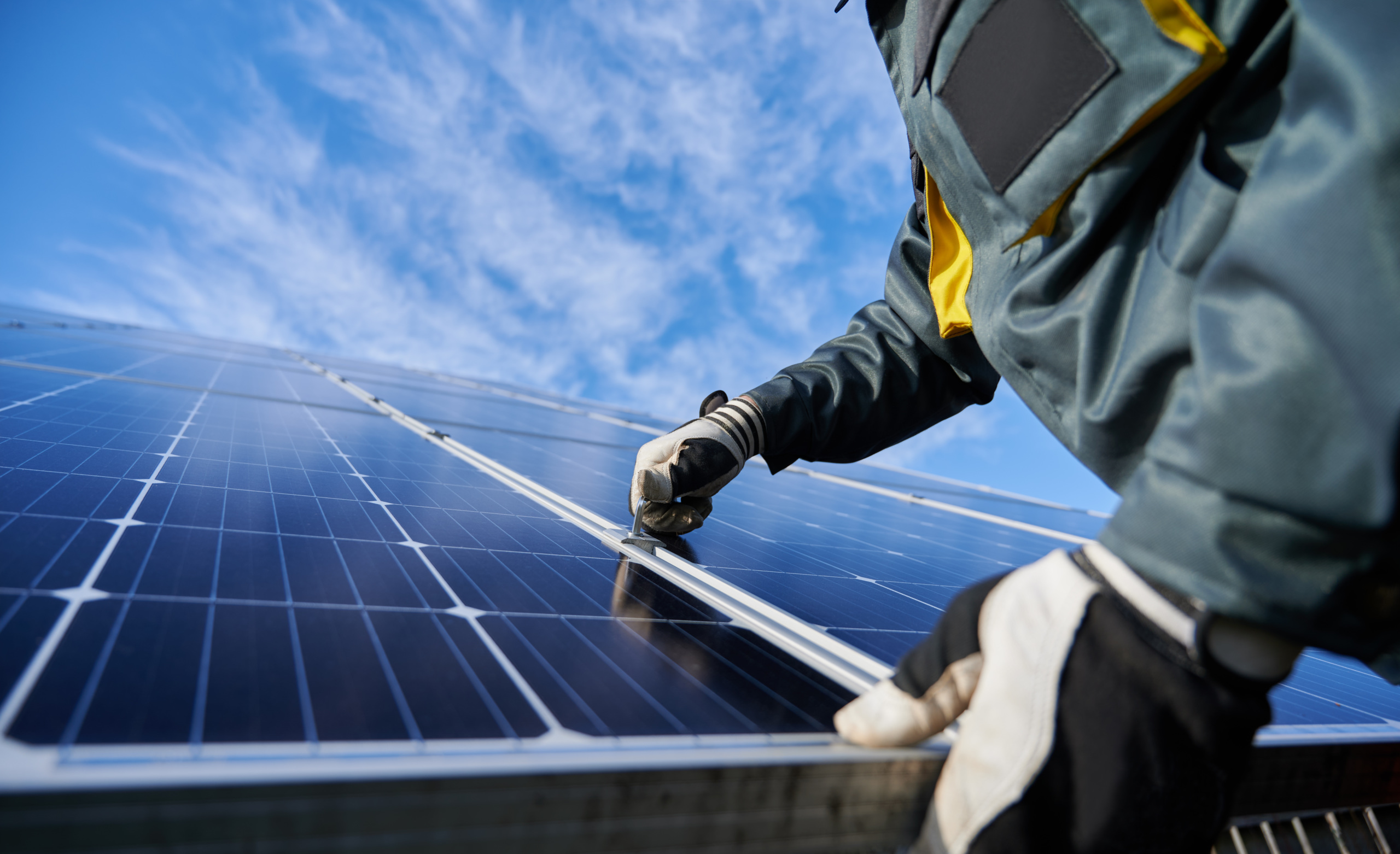
Oregon is powered by more renewable energy than ever before, has room to grow
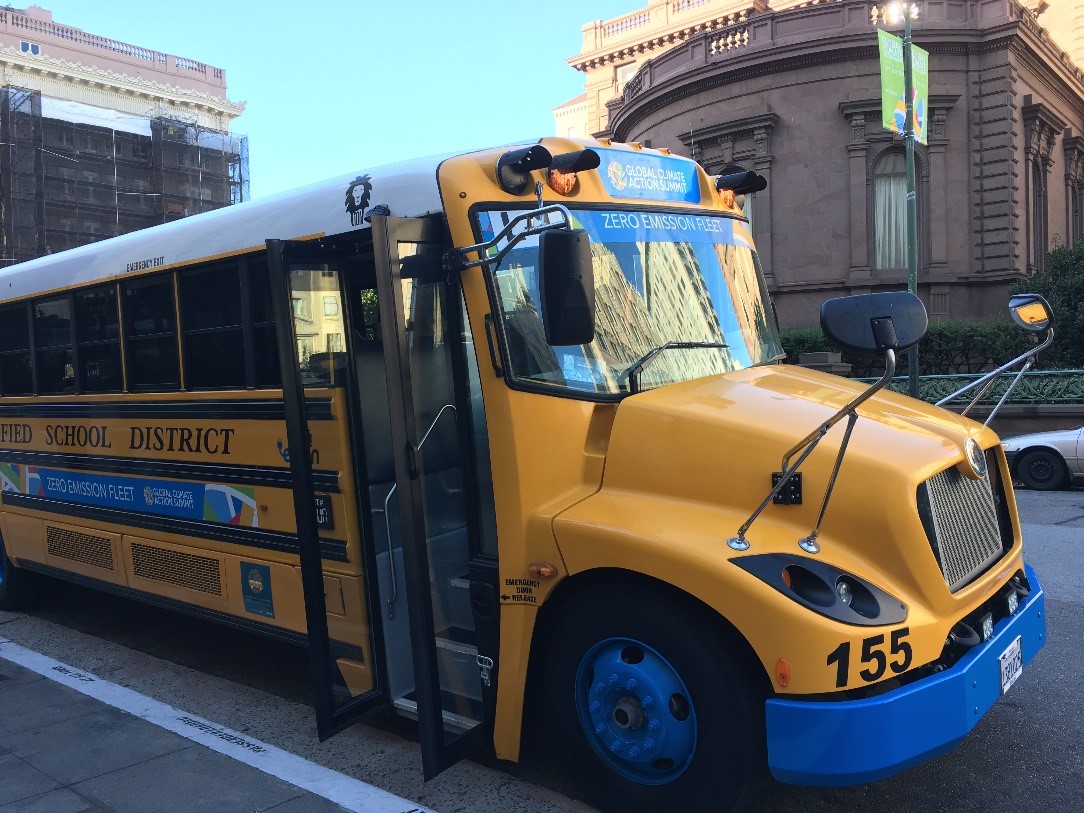
Back to school on an electric bus
